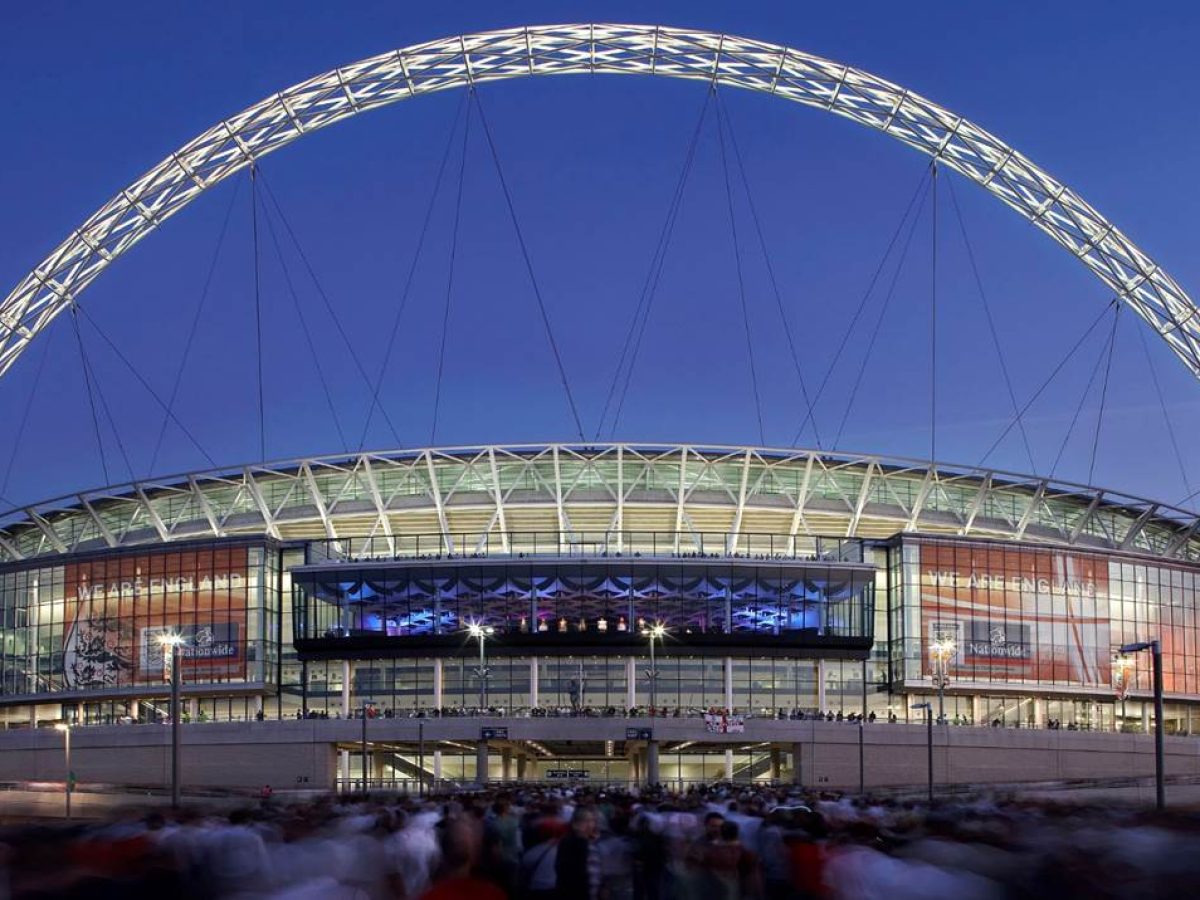July 29, 2017
World Cup Final, 1966: Wembley Stadium 50 Years On

It’s estimated that just over 96,000 people attended the World Cup Final at Wembley Stadium on the 30th July 1966. Of course, there are probably another 500,000 who will tell you that they were there. That moment in English sporting history is perhaps unmatched in terms of prestige and collective national glory, and 50 years on it is still a moment that is looked back on as the pinnacle of sporting achievement in England.
The England football team’s World Cup success was, and has been ever since, uniquely tied to the place in which it was achieved. Famous for the twin towers marking the main entrance, it was called the ‘Cathedral of Football’ by none other than the great Brazilian footballer, Pelé. When you hear stories by those who were there, the approach to the stadium is invariably where their accounts begin. Getting there early, soaking up the atmosphere which, for many and true to the cliché, really was a once in a lifetime experience. Whether or not that third goal really did cross the line, that small site in West London was the place to be for any fan of the beautiful game.
Translating the sense of togetherness that had been indelibly etched onto the old Wembley Stadium was one of the great challenges faced by the design team, when Populous took on the brief for a new national stadium to meet modern standards, with Foster and Partners. The traditions that had been built up over the years, that sense of belonging for English football fans, and the atmosphere and drama of the place, needed to be integral to the new building.
However, it wasn’t simply a case of building the same but new. Some details were brought into the design, such as the presentation route up to the Royal Box, and the unique ‘Wembley roar’. The latter was key to translating the passion of the crowd into the new stadium, and included acoustic studies being undertaken to ensure that the bowl was just right to allow the noise of the crowd to develop and grow within the stadium, creating a wall of support for the home team.
Other elements, of course, were reimagined. If Wembley is once again to be the site of a World Cup victory for the ‘Three Lions’, it won’t be in front of the ‘twin towers’, but underneath the Wembley Arch, the huge semi-circular structure that both announces the stadium’s presence from across London, and undertakes the vital job of supporting around 70% of the weight of the 7,000 tonne steel roof structure. The roof is also able to retract on the west, south and east sides – however, this is about much more than keeping thousands of spectators dry. This retractable feature is specially designed to allow more light and air to circulate around the stadium at pitch level, promoting grass growth, and ensuring the pitch at the home of English football is second to none worldwide. This design element also enables the whole pitch to be bathed in sunlight on FA Cup Final day, traditionally held in mid- to late-May, if the roof panels are all fully retracted.
The ‘new’ Wembley Stadium is 9 years old in 2016. It has already seen great moments, and has hosted other sports and events including Rugby League, the NFL International Series and sell-out concerts by the biggest music artists on the planet. But it can’t be denied that that day 50 years ago today will be hard to beat.
Of course, if another incredible event should occur, just remember that the ‘new’ Wembley Stadium has a capacity of 90,000, rather than half a million, when listening to fans’ stories in the future!
Read more about Populous’ international Football/Soccer work.
Lorem ipsum dolor sit amet consectetur, adipisicing elit. Non facere corporis et expedita sit nam amet aut necessitatibus at dolore enim quis impedit eius libero, harum tempore laboriosam dolor cumque.
Lorem, ipsum dolor sit amet consectetur adipisicing elit. Illo temporibus vero veritatis eveniet, placeat dolorem sunt at provident tenetur omnis, dicta exercitationem. Expedita quod aspernatur molestias eum? Totam, incidunt quos.
